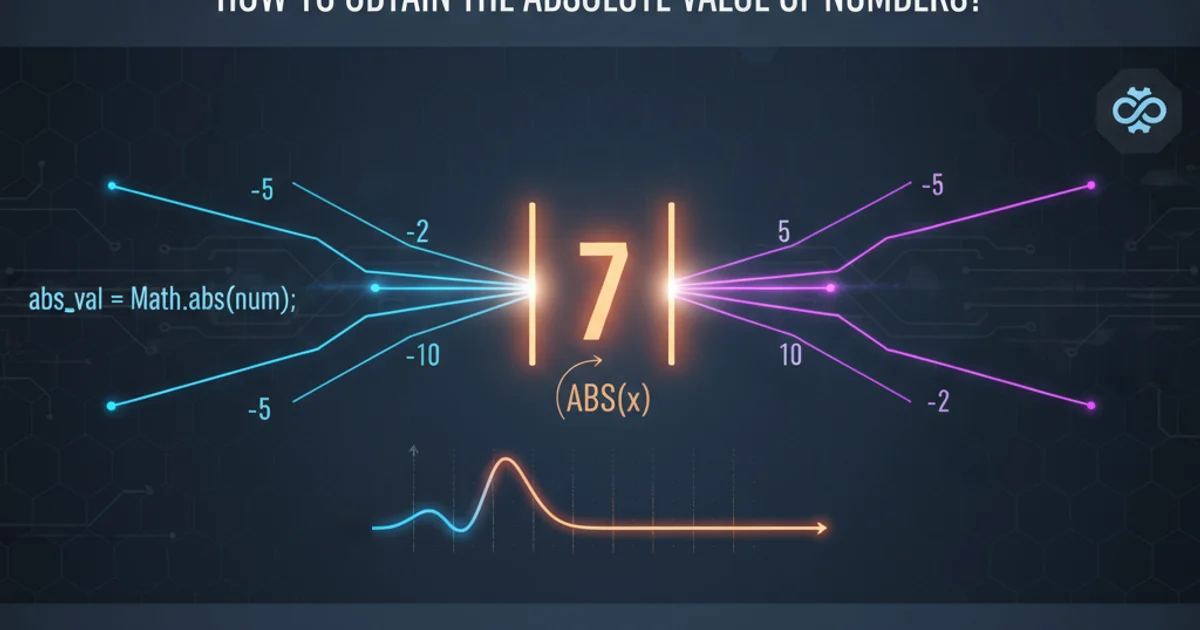What is the error of saved frame using saveFrame()
Categories:
Understanding and Debugging saveFrame() Errors in Processing

Explore common issues and solutions when using Processing's saveFrame() function, ensuring your visual outputs are captured correctly.
The saveFrame() function in Processing is a powerful tool for capturing individual frames of an animation or generating high-resolution images from your sketches. However, users often encounter unexpected errors or behaviors when trying to save frames, leading to missing files, corrupted images, or incorrect naming conventions. This article delves into the common pitfalls associated with saveFrame() and provides practical solutions to ensure your Processing sketches save frames reliably.
Common saveFrame() Issues and Their Causes
Understanding why saveFrame() might fail is the first step to resolving issues. The problems typically stem from file system permissions, incorrect path specifications, timing issues within the draw loop, or conflicts with other functions. Let's break down the most frequent scenarios.
flowchart TD
A[Call saveFrame()] --> B{Is path valid and writable?}
B -- No --> C[Permission/Path Error]
B -- Yes --> D{Is draw() loop active?}
D -- No --> E[Frame not ready/empty]
D -- Yes --> F{Is filename unique?}
F -- No --> G[Overwrite/Naming Conflict]
F -- Yes --> H[Frame Saved Successfully]
C --> I[Troubleshoot File System/Path]
E --> J[Ensure draw() is active]
G --> K[Implement unique naming]
I --> A
J --> A
K --> ADecision flow for common saveFrame() errors
One of the most common issues is related to where Processing attempts to save the files. By default, saveFrame() saves to the sketch's data folder. If this folder doesn't exist, or if Processing lacks the necessary write permissions, the function will fail silently or throw an error. Another frequent problem is related to the timing of the saveFrame() call, especially when trying to capture a specific state or a single frame outside the draw() loop.
Resolving Path and Permission Problems
Ensuring Processing has the correct permissions to write to the specified directory is crucial. If you're saving to a custom location, make sure the path is absolute and accessible. Relative paths can sometimes be tricky, especially when running sketches from different environments.
void setup() {
size(400, 400);
background(255);
// Create a 'frames' directory if it doesn't exist
// This ensures the default save location is ready
String path = sketchPath("frames");
File framesDir = new File(path);
if (!framesDir.exists()) {
framesDir.mkdir();
}
}
void draw() {
ellipse(mouseX, mouseY, 20, 20);
}
void mousePressed() {
// Saves to the 'frames' subfolder within the sketch folder
saveFrame("frames/output-####.png");
println("Frame saved!");
}
Ensuring a writable directory for saved frames.
sketchPath() or dataPath() when constructing paths for saving files within your sketch's directory structure. This makes your code more portable across different operating systems and environments.Handling Naming Conflicts and Timing
When saveFrame() is called repeatedly, especially within the draw() loop, it's essential to provide a unique filename for each frame. Processing's built-in numbering (####) is very helpful here. If you're trying to save a single frame on an event (like a key press), ensure that the draw() loop has had a chance to render the desired state before saveFrame() is called.
int frameCount = 0;
void setup() {
size(600, 400);
background(0);
frameRate(30);
}
void draw() {
background(0);
fill(255, 0, 0);
ellipse(width/2 + sin(radians(frameCount*5)) * 100, height/2, 50, 50);
frameCount++;
// Example: Save a frame every 60 frames (2 seconds at 30fps)
if (frameCount % 60 == 0) {
saveFrame("animation-####.png");
println("Saved frame: " + frameCount);
}
}
Using saveFrame() with automatic numbering inside the draw() loop.
saveFrame() too frequently, especially with high-resolution sketches, can significantly slow down your program's performance. Consider saving frames only when necessary or using a lower frameRate() during capture.